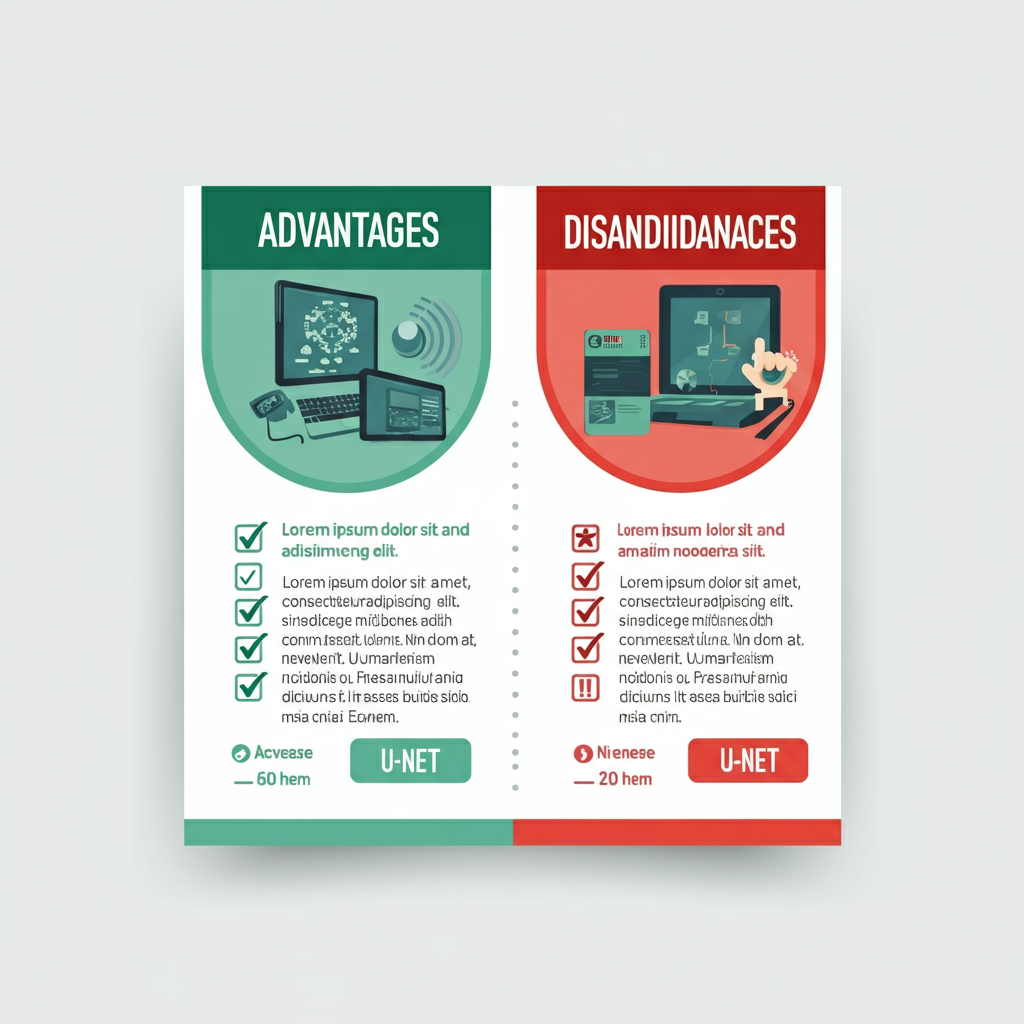The U-Net architecture has become a powerhouse in deep learning, especially in image segmentation tasks. Originally created for medical image analysis, this model has extended its reach across industries, proving its adaptability and effectiveness for pixel-level segmentation. Whether you’re a researcher, a developer, or someone venturing into computer vision, mastering U-Net can give you a competitive edge.
This guide will walk you through the U-Net architecture, its components, functionality, advantages, and how it compares to other architectures. We’ll also discuss practical applications, training tips, and the future of U-Net.
By the end, you’ll have an in-depth understanding of why U-Net is such a pivotal model in deep learning.
Introduction to U-Net Architecture
U-Net was initially introduced in 2015 by Olaf Ronneberger, Philipp Fischer, and Thomas Brox. Created for biomedical image segmentation, this convolutional neural network (CNN) brought accuracy and precision to image analysis tasks. The name “U-Net” refers to its U-shaped architecture, uniquely designed to capture both the context and fine details of an image.
What makes U-Net special is its ability to perform well on small datasets by leveraging data augmentation and skip connections. Over the years, it has evolved to become a benchmark for various segmentation tasks across industries.
Key Components of U-Net
To understand U-Net, we must first break down its architecture into three essential parts: the Encoder, Bottleneck, and Decoder. Each of these components plays a crucial role in segmenting an image.
Encoder (Contraction Path)
The encoder is responsible for extracting features from the input image, gradually reducing its spatial dimensions while increasing feature depth.
Key components of the encoder include:
- Convolutional Layers: These apply filters to the image to capture patterns like edges, textures, and shapes.
- Max Pooling Layers: Reduce the spatial dimensions to retain significant features while discarding less critical ones.
Bottleneck
This is the middle section of the U-Net, where the network processes the compressed feature maps.
Key components include:
- Convolutional Layers: These refine the extracted features and ensure deeper context understanding at the smallest spatial level.
Decoder (Expansion Path)
The decoder reconstructs the image, mapping the compressed features back to the original resolution.
Key components of the decoder include:
- Transpose Convolutional Layers (Deconvolution): These upsample the feature maps to restore spatial resolution.
- Skip Connections: These directly transport features from the encoder to the decoder, allowing for fine-grained spatial detail retention.
How U-Net Works Step by Step
Here’s a simplified explanation of how U-Net processes an image during segmentation:
- Input Image: The model takes an input image, typically of a fixed size.
- Feature Extraction (Encoder): The image passes through multiple convolutional and max pooling layers, extracting hierarchical features.
- Low-Resolution Features (Bottleneck): At the bottleneck, compressed features undergo further refinement, capturing global context.
- Upsampling (Decoder): The decoder upscales the features back to the original resolution through transpose convolutions and integrates skip connections.
- Segmentation Map Output: The result is a pixel-wise segmentation map, with each pixel assigned a specific class label.
This intuitive flow allows U-Net to excel in preserving both high-level context and low-level details.
Advantages and Disadvantages of U-Net

Like any technology, U-Net has its strengths and weaknesses.
Pros
- Effective for Small Datasets: U-Net’s reliance on data augmentation enables high performance even with limited data.
- Precise Localization: The use of skip connections ensures a high level of spatial detail, ideal for segmentation tasks requiring precision.
Cons
- High Memory Consumption: The large number of feature maps requires significant computational resources.
- Computational Expense: Training U-Net can be time-intensive for high-resolution images.
U-Net vs Other Architectures
How does U-Net fare compared to other popular architectures for image segmentation?
| Feature | U-Net | FCN (Fully Convolutional Network) | SegNet |
|---|---|---|---|
| Skip Connections | Yes | Limited | No |
| Localization Precision | High | Medium | Low |
| Efficiency | Moderate | High | Moderate |
| Applications | Versatile | Versatile | Limited to simpler tasks |
While FCN and SegNet have their strengths, U-Net’s ability to balance precision and versatility makes it a standout choice.
Applications of U-Net
U-Net’s capabilities have made it a go-to architecture for various industries. Here are some of its key applications:
- Medical Imaging: U-Net excels in tasks like tumor detection, organ segmentation, and cell tracking.
- Satellite Image Analysis: It is widely used for land-use classification and object detection in satellite imagery.
- Industrial Inspection: Inspects materials and identifies defects in manufacturing processes.
Training and Implementation Tips
Optimizing U-Net for performance involves employing a few best practices:
- Data Augmentation: Techniques like flipping, rotation, and scaling help enlarge small datasets.
- Loss Functions: Use Dice Loss or Intersection-over-Union (IoU) to handle class imbalance in segmentation.
- Optimization Algorithms: Adam optimizer is commonly preferred for faster convergence.
Case Studies
- Medical Imaging: A U-Net-based model achieved state-of-the-art results in segmenting lung CT scans for COVID-19 diagnosis.
- Satellite Imaging: U-Net was used to map flood zones during natural disasters, helping governments respond more effectively.
Future Trends and Research Directions
U-Net continues to evolve, with trends focused on:
- Integration with transformer architectures for improved performance.
- Lightweight U-Net variants optimized for mobile and embedded systems.
- Expansion into multimodal input scenarios (e.g., combining text and images).
The increasing interest in U-Net signals its continued relevance in the AI landscape.
The Transformative Power of U-Net
U-Net has revolutionized deep learning in image segmentation, especially in data-constrained fields like medical imaging. Whether you’re building a tumor detection model or analyzing satellite data, U-Net’s precision and adaptability make it a go-to architecture.
Are you ready to explore U-Net’s full potential? Start today with hands-on implementation or leverage platforms like TensorFlow and PyTorch to bring your projects to life.


